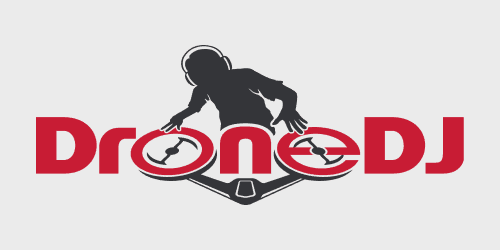
Joby Aviation and NASA are kicking off a two-week test campaign to study the acoustic signature of Joby’s all-electric passenger aircraft. These tests come as part of a nationwide campaign launched by NASA to promote public confidence in emerging aviation markets including passenger air taxis.
If electric air taxis are to be adopted widely, they need to be quiet. They need to blend seamlessly into the existing background noise of urban communities.
Joby feels it’s ready for the challenge – in line with its plans to operate as part of a commercial passenger service beginning in 2024. The company has, in fact, released several videos showcasing the quiet nature of its electric aircraft during take-off, hover, and overhead flight.
The upcoming tests, meanwhile, make Joby the first company to fly an all-electric vertical takeoff and landing (eVTOL) aircraft as part of NASA’s Advanced Air Mobility (AAM) National Campaign.
Noise made by electric air taxis vs. drones and helicopters
The tests will take place at Joby’s Electric Flight Base near Big Sur, California. NASA engineers will deploy more than 50 pressure ground-plate microphones in a grid formation to measure Joby aircraft’s sound emissions from multiple directions.
Using this data, NASA and Joby will generate noise hemispheres for the aircraft that capture the intensity and the character of the sound emitted in comparison to helicopters, drones, and other aircraft.
In combination with the noise profile of urban communities, these readings can be used to verify how proposed aircraft operations will blend into the existing background noise.
NASA AAM mission integration manager Davis Hackenberg says data from companies like Joby is critical for NASA’s research activities and future standardization of emerging aircraft configurations:
Industry partnerships are imperative for the United States to become a leader in the development of a safe and sustainable AAM ecosystem.
Referring to NASA as a critical catalyst in the transition to electric aviation, JoeBen Bevirt, founder and CEO at Joby, explains:
We have always believed that a minimal acoustic footprint is key to making aviation a convenient part of everyday movement without compromising quality of life, and we’re excited to fly with NASA, our long-time partners in electric flight, to demonstrate the acoustic profile of our aircraft.
It’s worth noting that Joby’s all-electric air taxis have a maximum range of 150 miles and a top speed of 200 mph. They are designed to carry four passengers and a pilot with zero operating emissions. With more than 1,000 flight tests completed and full-scale prototypes in the air since 2017, Joby Aviation aims to certify this electric air taxi with the Federal Aviation Administration (FAA) in 2023.
Read more: $4-per-mile flying taxis to tackle Los Angeles, Miami traffic?
FTC: We use income earning auto affiliate links. More.






Comments